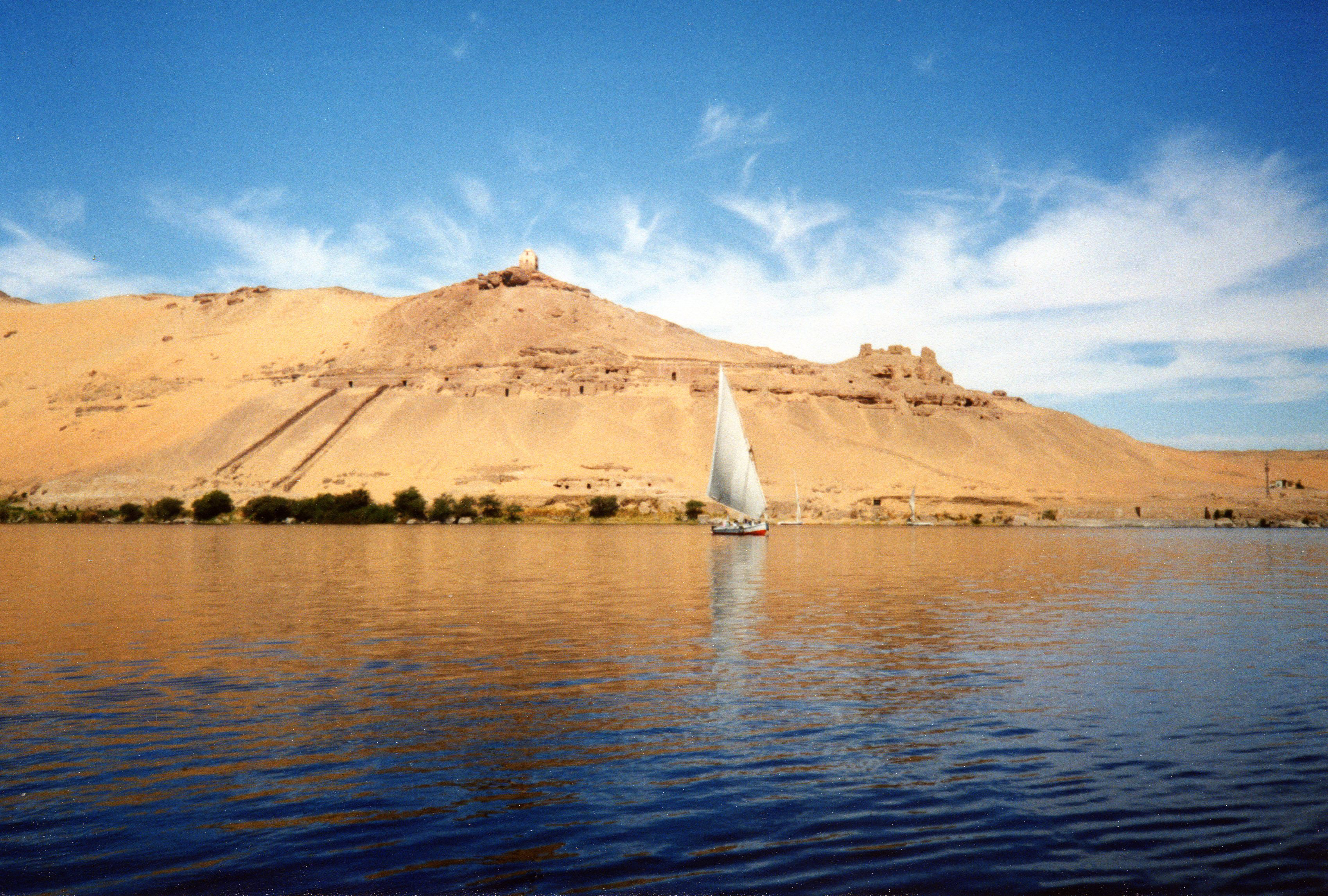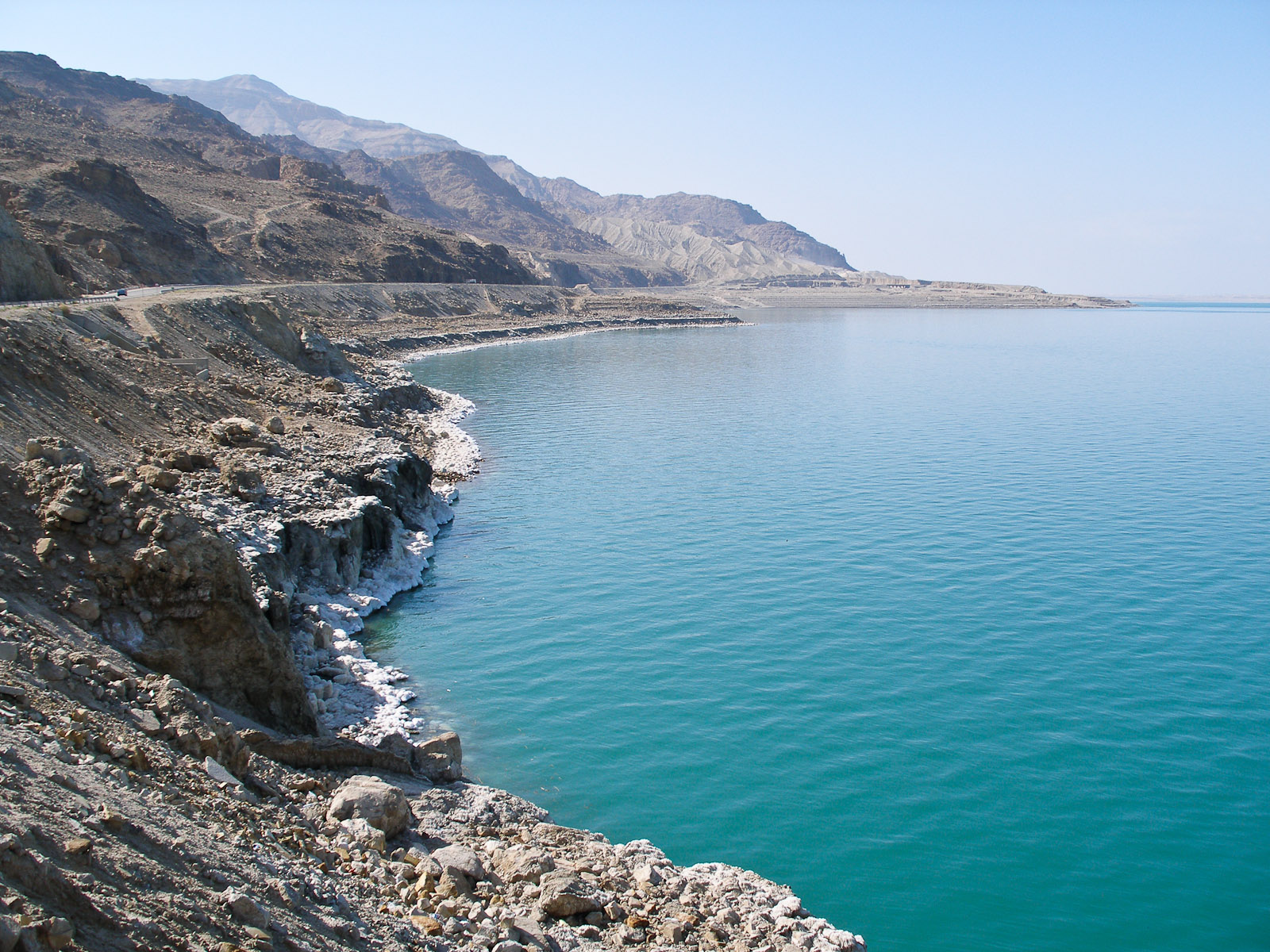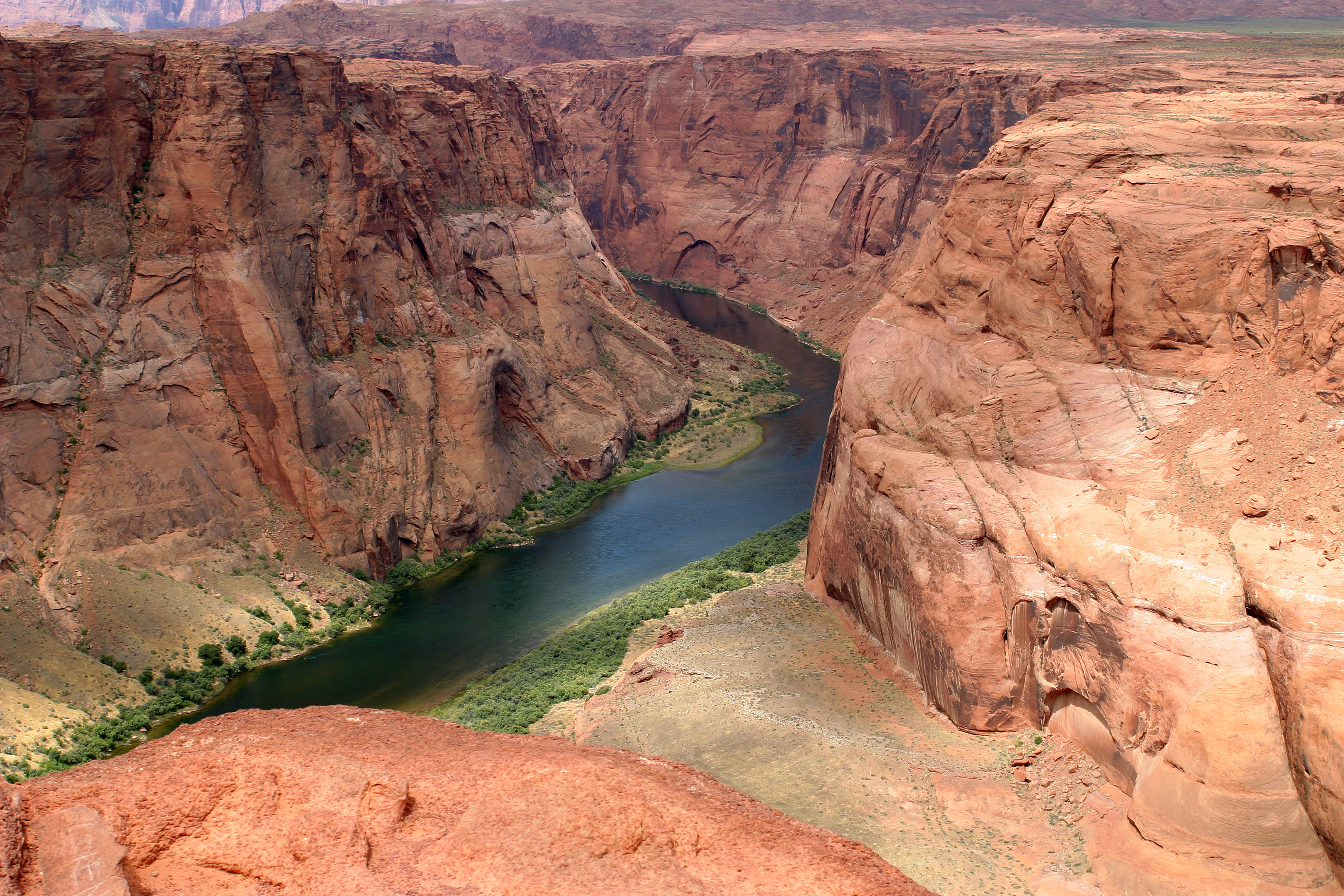I decided to research a few rivers that have been damned for flood control, drinking water, or for the development of houses. Dams have been constructed all over the world for thousands of years, but the first dams were made in 4,000 BCE in the Nile River in Egypt (one of the cradles of civilization!) As far as drinking water, privatization—giving control of water to private companies—is a phenomenon that is rapidly occurring, especially in less developed countries (i.e. Belize). Most of the poor citizens cannot afford the high prices of water since the private company is usually focused more on profits than on individual well-being. It is estimated that 3,400,000 people die from unsanitary water per year. Although dams are generally negative for an ecosystem (they cause habitat alteration, decline of fisheries, population disruption, and overflow of sediments), they have been built in nearly every country. Here is a few in depth example of dams/ water diversions and their effect on the environment.
Three Gorges Dam, China
This technological monster is located on the Yangtze River, the longest Asian river and fourth longest river in the world (the longest is the Nile). The Dam, completed in 2009, generates 22,500 megawatts of electricity and holds 10 trillion gallons of water. Although it has reduced the periodic floods and eased the heavy shipping traffic on the River, it still cost nearly $25 billion to build. So far, it’s looking like the costs are outweighing the benefits. 1.5 million people have been relocated and an ominous buildup of sediments has occurred behind the Dams’ wall. Because dams usually negatively affect fish populations (they can’t swim upstream to spawn), this Dam specifically built a “fish ladder” for the strained populations to utilize. Watch a video of fish ladders here: http://www.youtube.com/watch?v=uqR2g8darqs
The Three Gorges Dam has also destroyed local archaeological sites and farmland, entities that are hard to reclaim once the damage has occurred. The ruined farmland is now carrying sediments to the Dam and increasing the already dangerous pressure on the walls. Additionally, bacteria (which probably came from improper sewage treatment) has been found in the reservoir water.
Mono Lake, California
This large lake East of Yosemite was diverted to Los Angeles in 1941 to meet the demands of a growing, water-consuming population. Since no freshwater was flowing in or out of the water, the salinity doubled and populations of brine shrimp skyrocketed. Other organisms, such as water-birds, sensitive types of specialist fish ,and photosynthetic plants, were supplanted or died off. The stream ecosystem died, the air quality became poor because of air-born particulates, and the overall net primary production (the amount of energy available to be passed on up the food chain once the plant has used the energy it needs) was reduced. Tufa, essentially crags of limestone and salt, built up and dotted the salt Lake. Although these effects are all negative, the growth of brine shrimp has encouraged migratory birds to feast at the Lake in peak seasons. Today, there is a Mono Lake Committee that seeks to restore the ecosystem and water quality of Mono Lake to the way it was before the deleterious water diversion.
Dead Sea, Jordan, Palestine, Israel
This infamous body of water, located between Israel and Jordon, is eight times saltier than normal oceans. The Jordan River used to bring 1.3 billion ft3 of water to the Sea per year, but because of lower water levels and evaporation, it only brings 50 million ft3 per year. This has only increased the salt content in the Dead Sea, and it is possible to float on the surface without effort. However, the water levels in the Sea have dramatically decreased because the water is being used more than ever for desalination and electricity. This has caused detrimental sinkholes, decline of sensitive organisms, and further diversion of the Jordan River. A proposed Red-Dead Sea Conduit, a pipeline connecting the Dead Sea and Red Sea (body of water between Egypt, Eritrea, Saudi Arabia, and Yemen), could possibly restore the Dead Sea water levels; a Mediterranean-Dead Sea has also been proposed in the past as well.
Although dams and diversions generate power, irrigate crops, control floods, ease the shipping traffic, and provide water to millions, their costs usually outweigh the benefits. For example, the Colorado River no longer flows into the Gulf of California because so much water is diverted from the beginning to the slow trickle of fluid at the end. 70% is siphoned off, although that water is used to serve 30 million people and water 3.5 million acres of farmland. Dams are starting to be removed in rivers throughout the world because the damage done to fragile habitats and organisms is simply not worth it. 500 dams alone have been removed in the United States. What is your country doing to protect its precious freshwater (only 2.5% of the total water on Earth)? Comment below!
Sources:
Environment by Jay Withgott & Scott Brennan






No comments:
Post a Comment